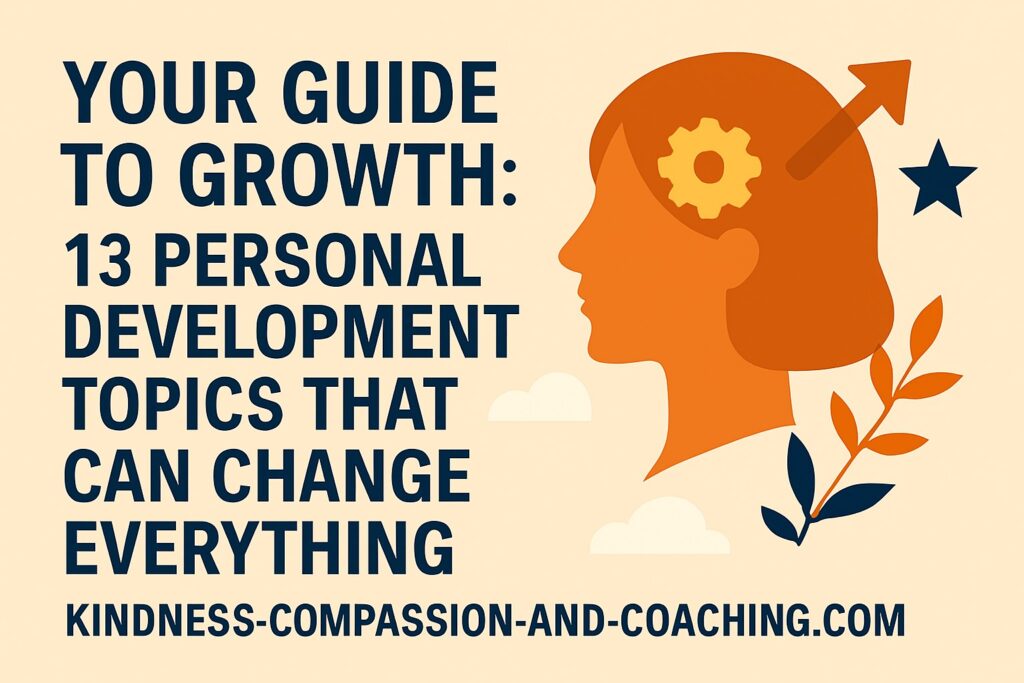Difficult conversations are an inevitable part of life, whether it’s addressing a conflict with a loved one, discussing sensitive topics at work, or delivering constructive feedback.
While these conversations may be challenging, they also offer an opportunity for growth, understanding, and resolution. Today’s post provides a step-by-step guide to help you navigate difficult conversations with confidence and empathy.
10 Tips for Difficult Conversations
1: Prepare Yourself Emotionally
Before engaging in a difficult conversation, take time to prepare yourself emotionally.
Acknowledge and process your own emotions, as well as any biases or assumptions you might carry.
Seek to approach the conversation with an open mind and a genuine desire to understand the other person’s perspective.
This emotional preparation sets the foundation for effective communication.
2: Choose the Right Time and Place for Difficult Conversations
Selecting the appropriate time and place for the conversation can significantly impact its outcome.
Find a neutral and private setting where both parties feel comfortable and can speak freely.
Timing is equally important – choose a moment when both individuals are likely to be calm and receptive.
Avoid initiating these conversations in moments of high stress or tension.

3: Establish a Safe and Respectful Environment
Create an atmosphere of safety and respect from the beginning of the conversation.
Clearly express your intentions to foster open communication and assure the other person that their thoughts and feelings are valued.
Set ground rules for the conversation to ensure that both parties listen attentively, avoid interrupting, and maintain a respectful tone.
4: Listen Actively During Difficult Conversations
Listening is a cornerstone of effective communication.
Practice active listening by giving your full attention to the other person.
Show empathy and understanding through nonverbal cues such as nodding, maintaining eye contact, and using responsive gestures.
Resist the urge to interrupt or formulate responses while the other person is speaking.
Genuine listening fosters a sense of trust and mutual understanding.
5: Use “I” Statements and Own Your Feelings
When expressing your concerns or perspective, use “I” statements to take ownership of your feelings and experiences.
This approach promotes personal responsibility and minimizes defensiveness in the other person.
Instead of accusing or blaming, focus on expressing how the situation makes you feel and its impact on you.
This helps prevent the conversation from descending into a blame game.
6: Be Mindful of Nonverbal Communication
Remember that communication is not just verbal.
Nonverbal cues, such as body language, facial expressions, and tone of voice, play a significant role in conveying our message.
Be aware of your own nonverbal communication and how it may impact the conversation.
Similarly, observe the nonverbal cues of the other person to gain a deeper understanding of their emotions and reactions.
7: Seek Common Ground and Understanding
While it’s natural to have differing viewpoints, look for common ground or shared understanding during the conversation.
Seek areas of agreement or mutual goals that can serve as a starting point for finding solutions.
Emphasize the importance of collaboration and finding win-win outcomes that address everyone’s needs.
8: Practice Empathy and Perspective Taking
Empathy is the ability to understand and share the feelings of another person.
Practice empathetic listening by actively trying to see the conversation from the other person’s perspective.
Demonstrate your understanding of their feelings and validate their experiences.
This cultivates trust, promotes effective communication, and paves the way for resolution and compromise.
9: Focus on Problem-Solving During Difficult Conversations
Shift the focus of the conversation towards problem-solving rather than dwelling on the past.
Encourage both parties to brainstorm potential solutions and explore different perspectives.
Aim for a collaborative approach that encourages each person to contribute and work together towards finding a resolution that satisfies everyone involved.
10: Reflect and Learn
After the conversation, take time to reflect on the experience and the outcome.
Assess what went well and how you might improve future difficult conversations.
Consider any lessons learned and ways to build upon the progress made during the conversation.
Continuous reflection and learning allow you to refine your communication skills and navigate future difficult conversations with increased confidence.
Difficult Conversations are an Opportunity for Growth
Difficult conversations are an opportunity for growth, understanding, and resolving conflicts.
By following these steps and embracing effective communication techniques, you can navigate these conversations with empathy, respect, and a focus on finding common ground.
Difficult conversations can lead to deeper connections, personal growth, and improved relationships when approached with patience, understanding, and an open mind.
Thank you as always for reading.
If you haven’t yet subscribed, please enter your email address so you never miss a post.
Affiliate Disclosure: Some links in this post are affiliate links. As an Amazon Associate, we earn from qualifying purchases. Thank you for supporting Kindness-Compassion-and-Coaching.com at no extra cost to you.

Joan Senio is the founder of Kindness-Compassion-and-Coaching.com. Joan’s career includes clinical healthcare plus 20+ years as an executive in a nationwide health care system and 15 years as a consultant. The common threads throughout Joan’s personal and professional life are a commitment to non-profit organizations, mental health, compassionate coaching, professional development and servant leadership. She is a certified Neuroscience Coach, member of the International Organization of Life Coaches, serves as a thought-leader for KuelLife.com and is also a regular contributor to PsychReg and Sixty and Me. You can read more about Joan here: Joan Senio.
















No Responses